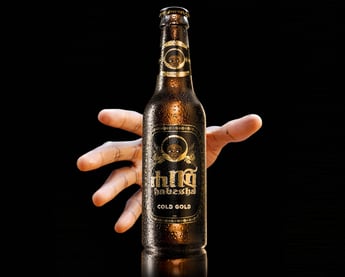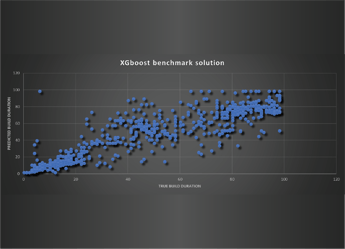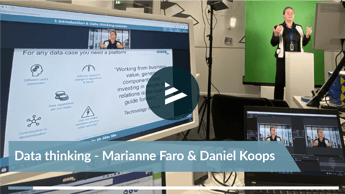Digital Transformation in IT and IoT
What is digital transformation?
Businesses are becoming ever more complex and working together more with other businesses. Products have to get to the market quicker and the world is changing more rapidly. Everything’s becoming more 24/7 and more international. In order to accomplish all this, businesses have to rely more on IT, so they seize on all sorts of IT resources: applications, technology and devices that communicate with one another. On that basis, they have to review the situation: who do I actually want to be on the market? This is our interpretation of digital transformation.
Robot in I(o)T systems
IT systems are becoming bigger and more complex, and they need to communicate more with one another. Besides communicating with other IT systems, they also have to communicate with sensors, for example, from the Internet of Things. Consequently, these sort of systems are becoming increasingly difficult to use. You can try to manage them by hand (i.e. through people logging in and updating things) and try to keep track of the total system personally. But it is better if you get software to do that. In other words, you let software operate the IT/IoT subsystems. In fact, it is like a production line being run by a robot. This robot is in turn run by an operator (i.e. the software guy operates the robot through recipes).
Do you need data and analytics for digital transformation?
Data is essential for digital transformation, as a sort of regulation loop: use the product, take its measure, improve it and give feedback to customer and maker. In the example of operating IT systems with software, as if operating a robot on a production line, analytics is even more important. You need an analytics man/woman who can ensure that the robot continues to get smarter.
How do you help businesses with their digital transformation?
We have our own team that is continually experimenting with IT infrastructure, software, devices and applications. By doing a lot ourselves, we learn how to create a ‘digital’ product or service. Within Itility, we have already applied the digital transformation to our own IT. We call it Itility Cloud Control (ICC).






